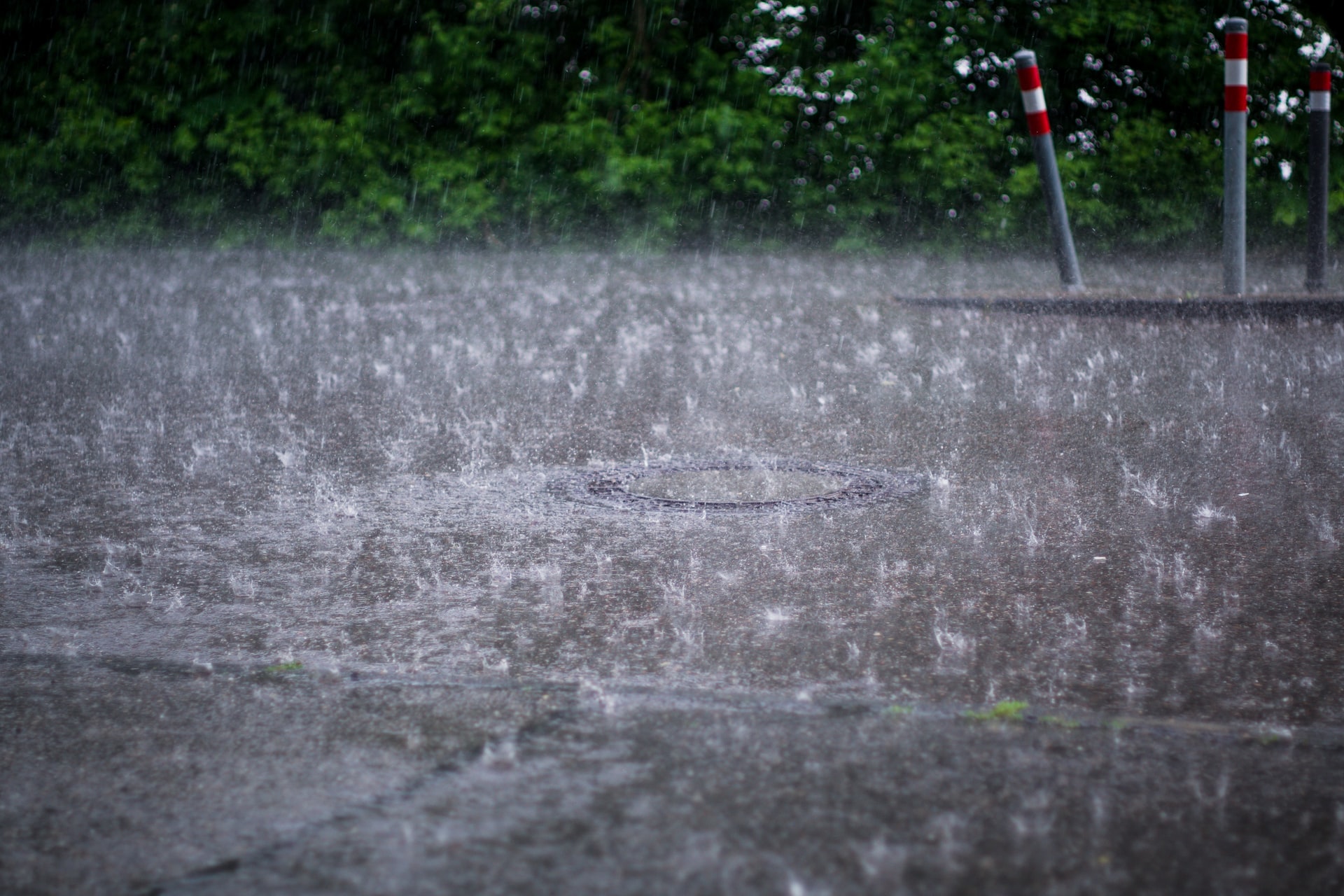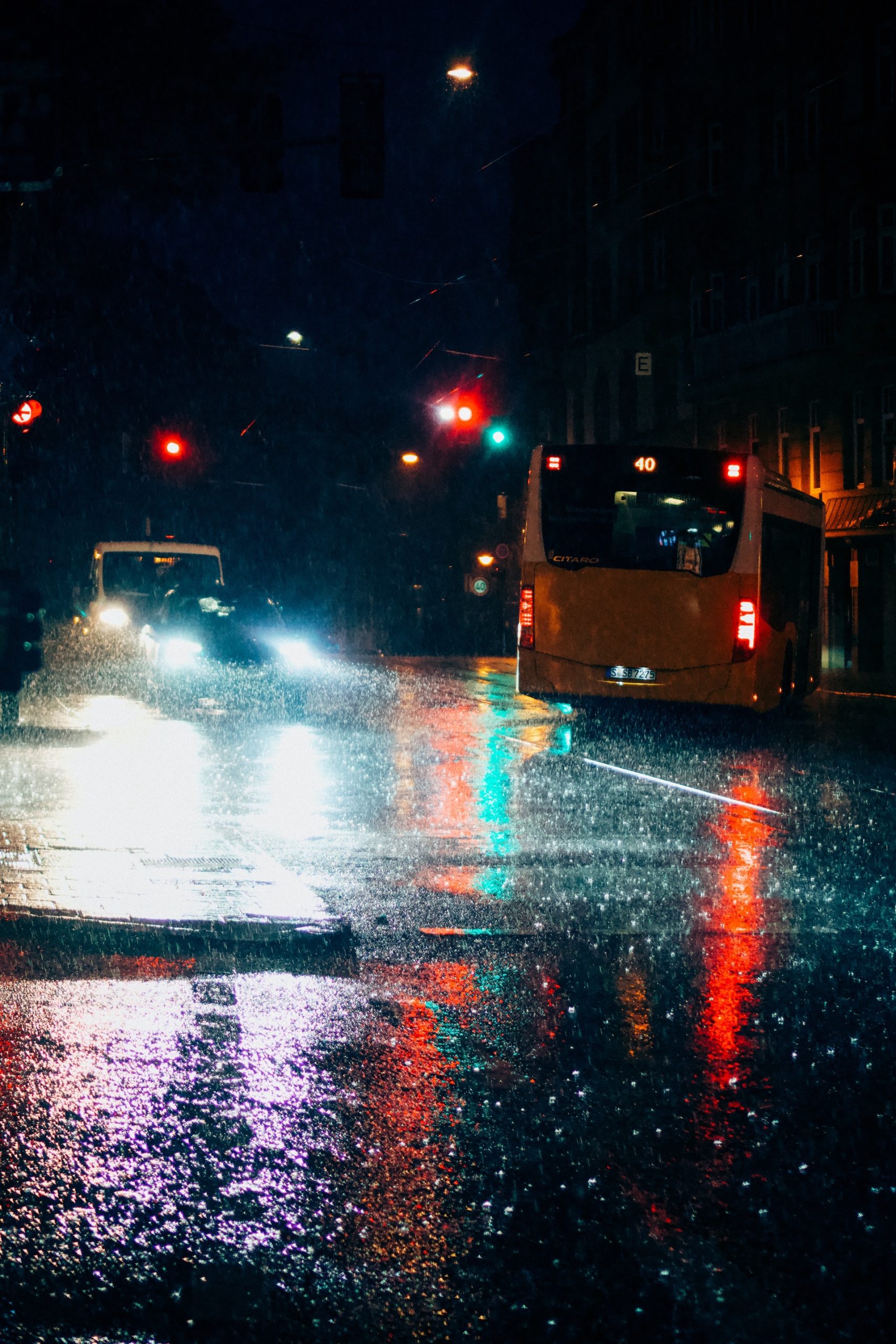Water makes up 75% of the human body. It is essential to obtain it naturally. By harvesting rainwater, you can use it all the time. Here’s how to turn it into drinking water. Rainwater filtration is a great way to extend freshwater supplies, which can be used to irrigate plants or for other purposes around your home. With our ice caps melting and our freshwater sources and supplies depleting, rainwater may be the future for obtaining fresh water. So, without further ado, let’s learn more about rainwater filtration and the benefit of filtering water.
1. Microfiltration

This process aims to eliminate all micro-organisms, micro-particles, polymers, and some viruses with the help of a filtering membrane. It retains part of the viral contamination. Under the effect of pressure, the liquid to be treated passes through a semi-permeable membrane of defined porosity. Particles with a size more significant than the pores are retained. Note that the size of a pore is between 0.1-10 µm. It is a physical separation technique of elements. The membranes can be organic or mineral, and this method is used in food, pharmaceutical, and other industries.
2. Ultrafiltration
It differs from microfiltration by the size of the particles. It separates particles with a size of 0.001 to 0.1 µm. Therefore, it is designed to remove all viruses, macro-proteins, antibiotics, and harmful organic substances in the food and beverage industry. Impurities are removed through this filtration system. After passing through the activated carbon filters, the water will pass through the ultrafiltration membrane. Like a very fine sieve, this membrane filters out all organic macromolecules, colloids, and nitrogenous pollution to obtain healthier water.
3. Reverse osmosis
The reverse osmosis machine filters water of the order of 0.001 µm. As it passes through the membranes, the pressure exerted by the pump forces it to pass through a semi-permeable wall. Some minerals such as calcium and magnesium, and water are retained. This membrane rejects the sewer, the one that does not pass through. Even if reverse osmosis consumes more water due to the rejection, it filters it better.
The advantages of rainwater harvesting

There are several reasons to reclaim this abundant gift from the sky. If you collect rainwater, you can store it in a water tower and use it to wash cars or water the garden. With 6 liters of water, you could water 50 minutes of vegetable gardens. To supply the toilet and washing machine, you would need to store up to 9000 liters per year. Nowadays, water is becoming more and more scarce. That’s why we need to preserve these natural resources. Adopt an ecological action by collecting rainwater. You will avoid runoff and flooding on your property. In addition, say goodbye to the tax credit because you will realize real savings. Its moderate use reduces your annual bill by 1/3 to 1/2.
Since rainwater is naturally soft, it reduces the use of soap and other cleaning products. Its non-calcareous property increases the life span of resistance heating appliances. Rain is a dermatological ally for your skin. It alleviates dermatological problems such as shingles, eczema, or psoriasis. Both thirst-quenching and detoxifying, rainwater is better than bottled water. Its consumption has many virtues for your health if it is well filtered.
Do you already have a rainwater collection system? There are companies out there that manufacture gutters and eavestroughs made of galvanized sheet metal integrated into the exterior of your building. Its products are made of resistant materials. This way, you no longer have to turn the tap to get water. All it takes is for the rain to fall, and you can have it. Be the change you want to see in the world and start to collect and filter rainwater.
